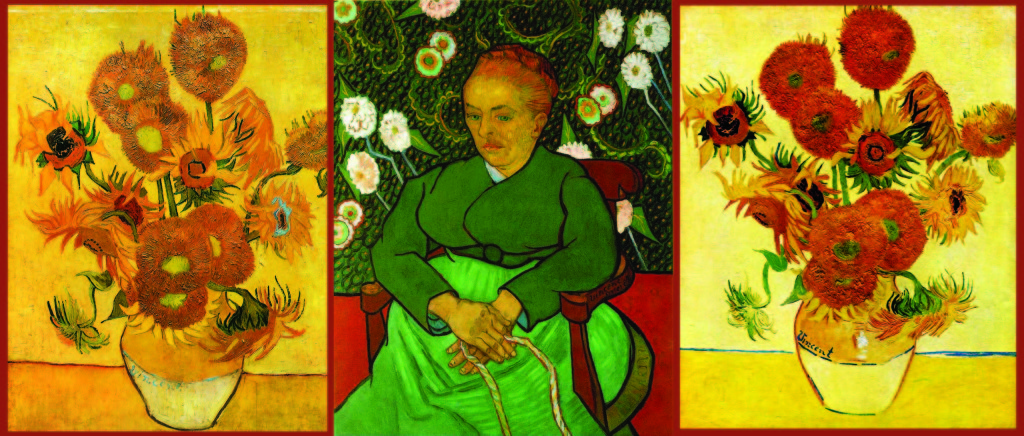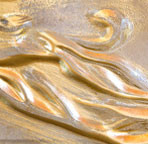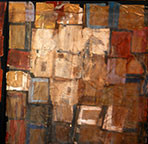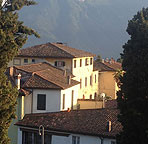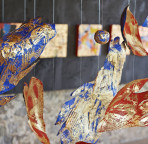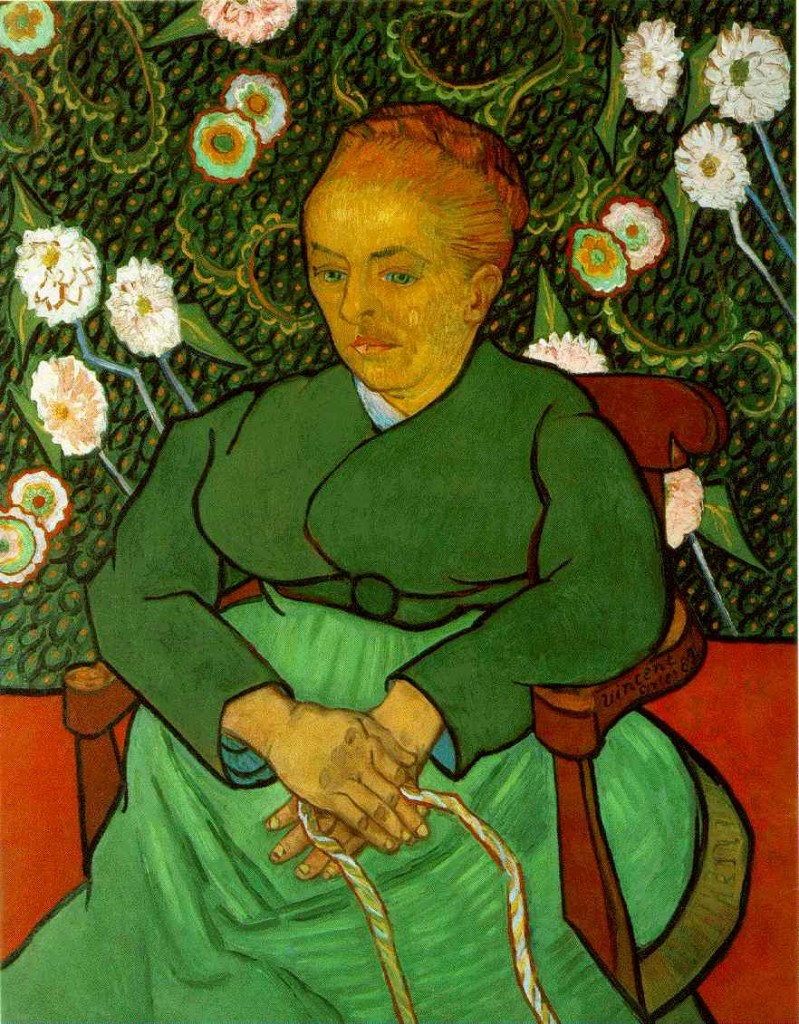
I have just said to Gauguin about this picture that when he and I were talking about the fishermen of Iceland and of their mournful isolation, exposed to all dangers, alone on the sad sea—I have just said to Gauguin that following those intimate talks of ours the idea came to me to paint a picture in such a way that sailors, who are at once children and martyrs, seeing it in the cabin of their Icelandic fishing boat, would have that old sense of being rocked come over them and remember their own lullabies.
—Vincent Van Gogh, from a letter to his brother, Theo, quoted in: Van Gogh and Gauguin: The Search for Sacred Art by Debora Silverman
In her insightful book, Van Gogh and Gauguin: The Search for Sacred Art, Debora Silverman explores the two painter’s relationship, their very different pictorial processes, and the religious investigations and concerns both painters express in their work. Presenting van Gogh’s, La Berceuse, Lullaby, as an image of maternal consolation and sacred realism, Silverman explains that the woman in the painting holds in her hands a cradle rope, a devise for rocking a baby in a cradle which would have been well known to the painter’s audience.
Silverman then references a sketch from one of van Gogh’s letters which shows a scheme in which the portrait of Mme Roulin, the painting’s subject, is flanked by two of his beloved sunflower paintings. “Van Gogh’s extensive commentary in his letters about the form and meaning of the portrait, including proposals for its setting and intended popular audience, suggests that he considered La Berceuse the apotheosis of a consolational painting, with consolation conveyed through the unity of radiant, complementary colors, interlinked canvases, and familiar, humble subjects. In La Berceuse van Gogh identified the expressive force of consolation in a new site: explicitly evoking the format of traditional religious art, he devised a plan for La Berceuse as the central panel of a triptych, flanked by glowing beacons of the sunflowers on each side.”
Noting that the period in which La Berceuse was painted corresponded to a time of emotional loss and stress for the painter, Silverman, points out, “it is important to note that van Gogh imagined the painting stirring immediate emotions among ordinary people, those seamen ‘who would feel in it the berceuse.’ Because of the word’s dual connotation, this feeling could be either the presence of the woman rocking the cradle or the tones of the lulling song she sang. (In a) letter to Gauguin van Gogh explicitly connected La Berceuse to music, the direct, unmediated force of which could bring solace to those in distress: ‘Ah, my dear friend, to make painting into what the music of Berlioz and Wagner has already been before us: a consoling art for broken hearts!”
Comments welcome.